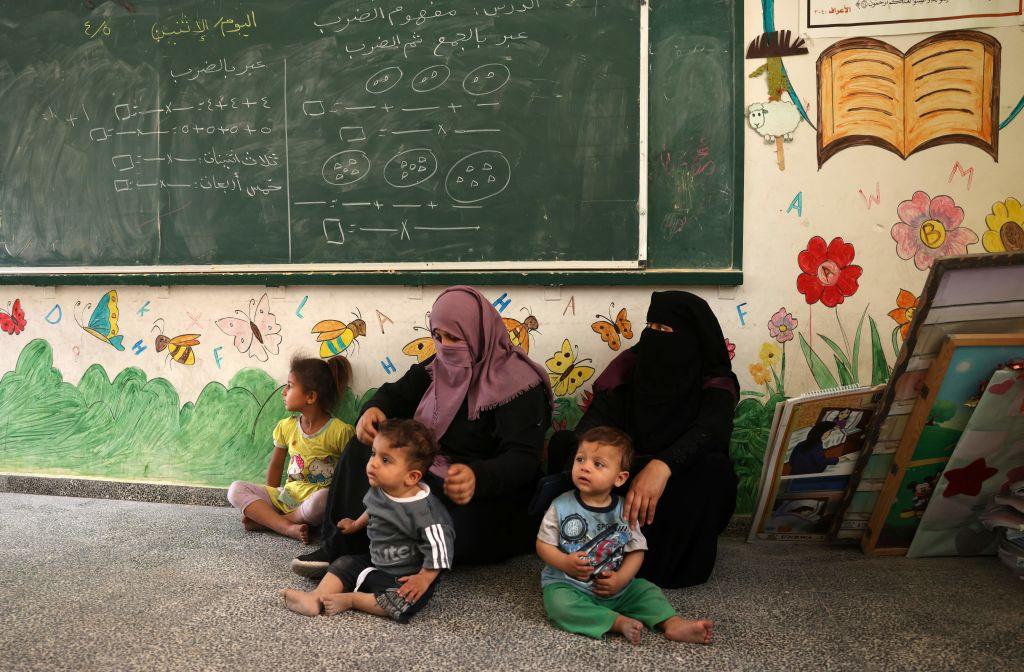Amid news that terrorist group Hamas is using civilians as a cover for military assets in its recent crossfire with Israel, a new report urges Canada to pass laws aimed at sanctioning the use of “human shields.”
Released by the Macdonald-Laurier Institute (MLI) and the Canadian Coalition Against Terror (C-CAT), the report says the use of humans as shields by terrorist groups can effectively lower the efficacy of militaries from democratic and law-abiding countries.





